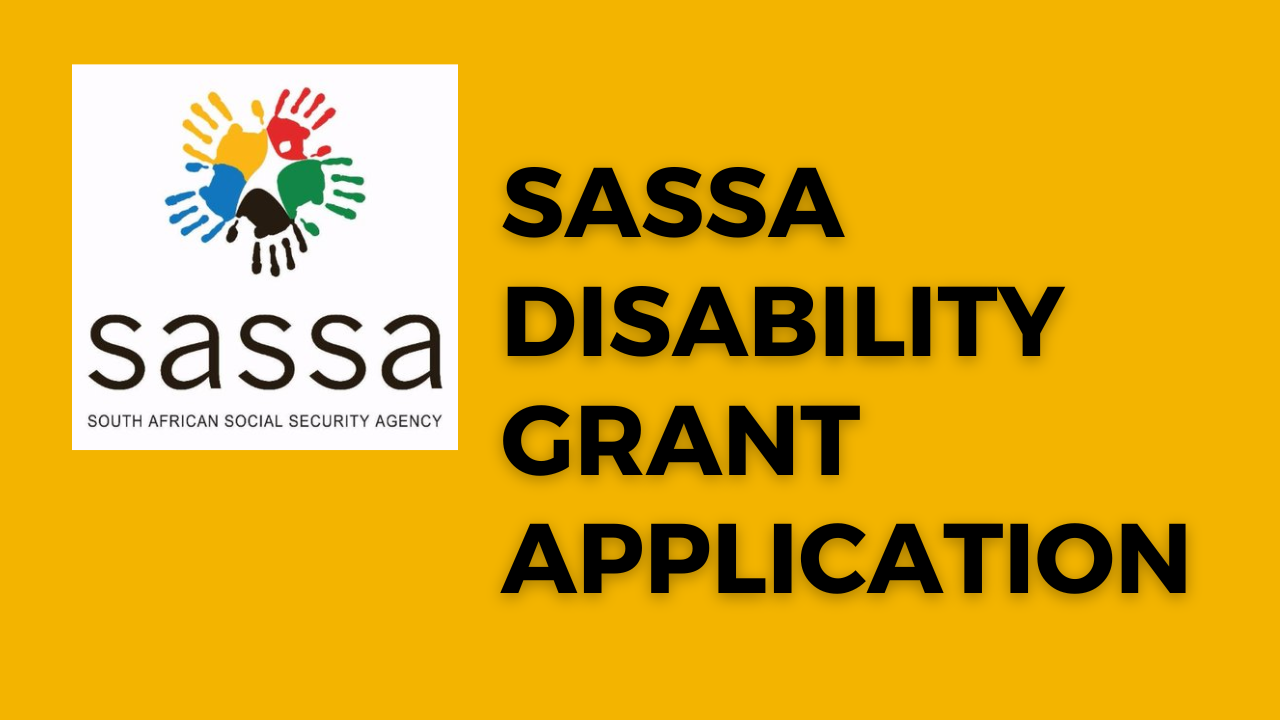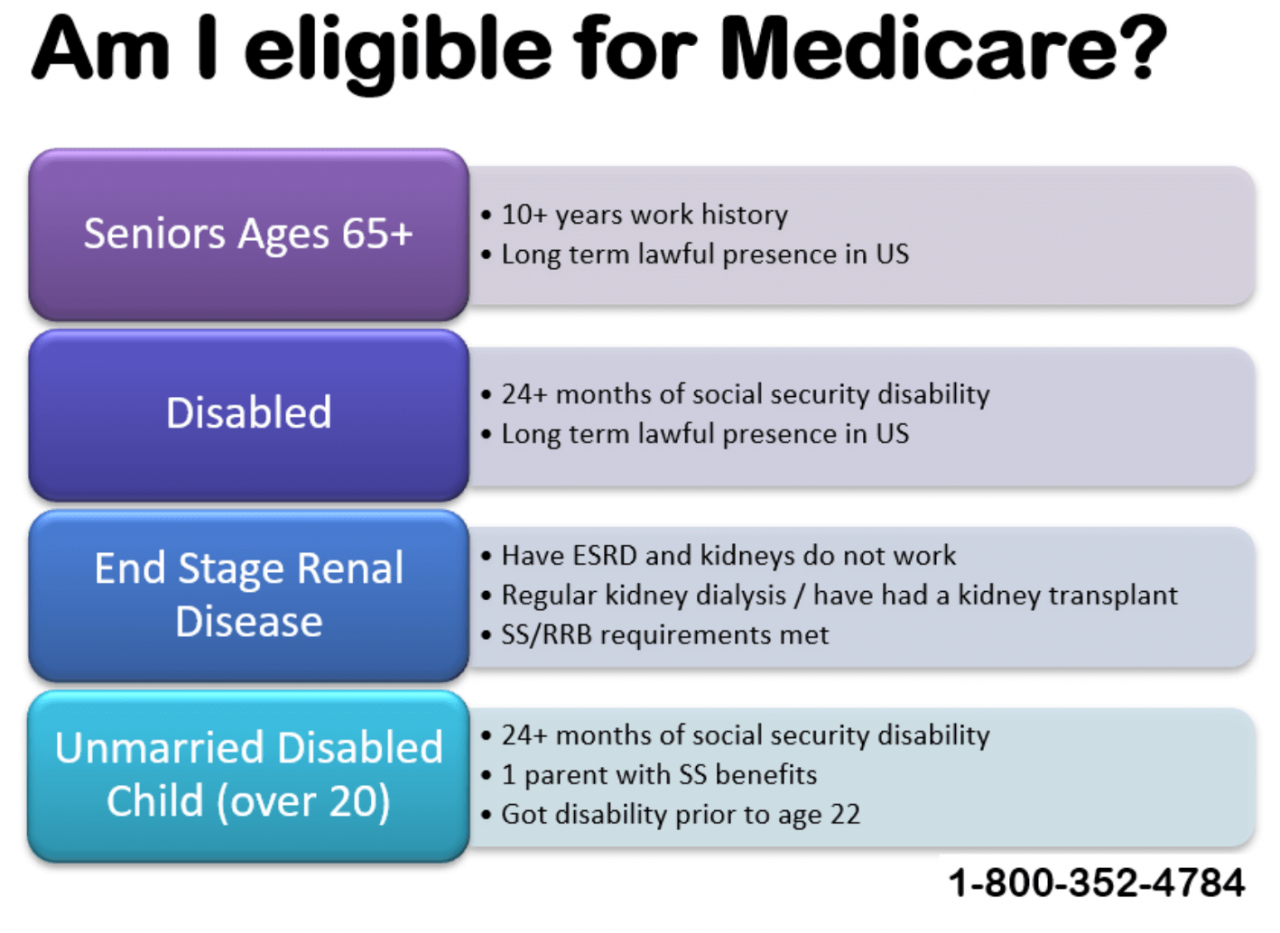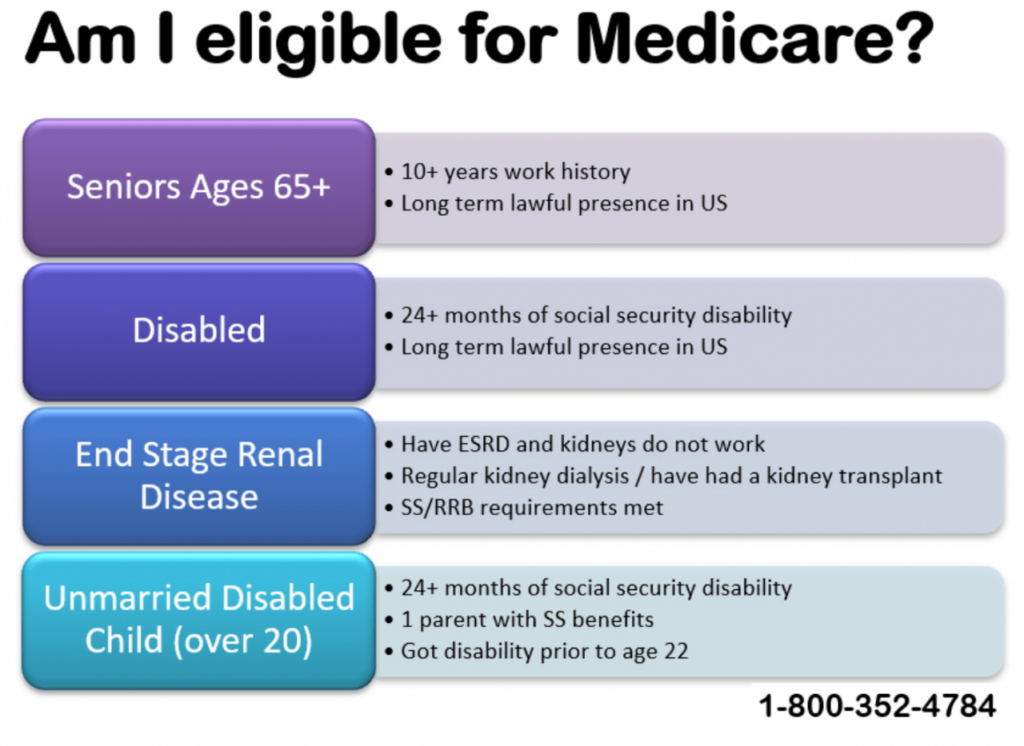What is the process of getting disability insurance benefits? Navigating the world of disability insurance can feel like traversing a maze, filled with paperwork, medical evaluations, and bureaucratic hurdles. But understanding the process, from initial application to potential appeals, is key to successfully securing the support you need. This guide breaks down the entire journey, offering clarity and insights into each crucial step.
From meeting the eligibility requirements—which involve demonstrating a significant work history and a medically qualifying disability—to completing the application and gathering the necessary documentation, we’ll cover it all. We’ll also explore the disability determination process, including the roles of the Social Security Administration (SSA) and state disability determination services (DDS). Understanding the potential reasons for denial and how to effectively appeal a denied claim are crucial aspects we’ll delve into.
Finally, we’ll discuss maintaining benefits, reporting changes, and accessing helpful resources and support.
Eligibility Requirements for Disability Insurance Benefits: What Is The Process Of Getting Disability Insurance Benefits
Navigating the process of obtaining Social Security Disability Insurance (SSDI) benefits can be complex. Understanding the eligibility requirements is the crucial first step. This section Artikels the key criteria you need to meet to be considered for SSDI.
The Social Security Administration’s Definition of Disability
The Social Security Administration (SSA) defines disability as the inability to engage in any substantial gainful activity (SGA) due to a medically determinable physical or mental impairment(s) that has lasted or is expected to last for at least 12 months or result in death. This definition is quite stringent, requiring not only a significant medical condition but also a demonstrable impact on your ability to work.
The SSA uses a five-step sequential evaluation process to determine disability, examining medical evidence, your work history, and your residual functional capacity (RFC). RFC assesses what you can still do despite your limitations.
Work History Requirements for Disability Benefits
To qualify for SSDI, you must have a sufficient work history. This means you need to have earned a specific number of “work credits” over your working lifetime. The exact number of credits required depends on your age when you become disabled. Younger applicants generally need fewer credits than older applicants. The SSA website provides a detailed work credit calculator to help determine your eligibility based on your age and work history.
Failing to meet the work credit requirement will automatically disqualify you from receiving SSDI benefits.
Types of Disabilities Covered by SSDI
SSDI covers a wide range of disabilities, both physical and mental. There is no exhaustive list, but the conditions must be severe enough to prevent you from working. The SSA considers the combined effects of all your impairments, not just one specific condition. For example, someone with mild arthritis might not qualify, but someone with severe arthritis coupled with significant heart problems might.
The focus is on the overall impact on your ability to perform work activities.
Examples of Medical Conditions that Commonly Qualify for Benefits
Many medical conditions can qualify individuals for SSDI. These include, but are not limited to, severe back problems, cancer, diabetes (with complications), heart disease, stroke, multiple sclerosis, lupus, certain mental illnesses (such as schizophrenia or severe depression), and traumatic brain injuries. The severity and impact on the ability to work are key factors in determining eligibility. It is important to note that a diagnosis alone is not sufficient; the impact of the condition on your ability to work must be clearly documented.
Navigating the process of getting disability insurance benefits can be tricky, requiring documentation and a thorough application. Understanding your coverage is key, and this often involves comparing different policy options. To help you make informed decisions about your family’s health coverage, check out this guide on how to compare different health insurance plans for families – it’s a great resource to grasp the basics before diving into the complexities of disability insurance claims.
Remember, proactive planning is crucial for both health and disability coverage.
Disability Categories and Requirements
| Disability Category | Work History Requirement | Medical Evidence Required | Other Considerations |
|---|---|---|---|
| Physical Impairment (e.g., back injury) | Variable based on age at disability onset | Detailed medical records, doctor’s statements, and possibly functional capacity evaluations | Impact on daily living activities and ability to perform work-related tasks |
| Mental Impairment (e.g., depression) | Variable based on age at disability onset | Psychiatric evaluations, therapy records, and evidence of functional limitations | Impact on concentration, memory, and ability to interact with others in a work setting |
| Combination of Impairments | Variable based on age at disability onset | Comprehensive medical records documenting all impairments and their combined effects | The cumulative impact of all impairments on ability to work is assessed |
The Application Process
Applying for Disability Insurance Benefits (DIB) can feel overwhelming, but breaking it down into manageable steps makes the process less daunting. Understanding the application process, gathering the necessary documentation, and communicating effectively with the Social Security Administration (SSA) are crucial for a successful claim. This section provides a clear guide to navigate this journey.
Completing the Disability Insurance Benefits Application
The application process begins by completing the SSA’s application form, either online at their website or in person at your local Social Security office. The online application is generally preferred for its convenience and speed. The form requires detailed information about your medical history, work history, and current limitations. Be as thorough and accurate as possible; incomplete or inaccurate information can significantly delay the process.
Remember to answer all questions honestly and completely, even if it seems irrelevant. The SSA will use this information to assess your eligibility. After submitting the application, you’ll receive a confirmation number and further instructions.
Gathering Necessary Documentation
Compiling the right documentation is essential for supporting your claim. The SSA needs evidence to verify your disability and its impact on your ability to work. This evidence primarily comes from medical sources, but other documents can strengthen your application. Delaying the process due to missing documents is common, so gathering everything beforehand is strongly advised.
Navigating the process of getting disability insurance benefits can be complex, requiring medical evaluations and paperwork. However, securing adequate coverage is crucial; consider the potential financial burdens highlighted in this article on what are the legal implications of not having health insurance , which underscores the importance of proactive health planning. Ultimately, understanding both disability insurance benefits and the legal ramifications of inadequate health coverage ensures comprehensive financial protection.
The Importance of Accurate and Thorough Documentation
The SSA’s decision hinges heavily on the supporting documentation you provide. Inaccurate or incomplete information can lead to delays or denial of your claim. Thorough documentation, including detailed medical records, treatment summaries, and test results, paints a comprehensive picture of your condition. For instance, a simple doctor’s note stating “patient is disabled” is insufficient. Instead, detailed reports outlining diagnoses, symptoms, treatment plans, and limitations are far more effective.
The more complete and accurate the information, the stronger your case.
Effectively Communicating with the SSA
Maintaining clear and consistent communication with the SSA throughout the application process is vital. Respond promptly to any requests for additional information or clarification. If you have questions or concerns, contact your local Social Security office directly or use their online resources. Keeping detailed records of all communication—dates, times, and the content of conversations—is recommended. This documentation will prove helpful should any issues arise later in the process.
Key Documents Required for a Successful Application
Accurate and comprehensive documentation is critical. Here’s a list of key documents to gather:
- Medical Records: These should include all relevant doctor’s notes, hospital records, lab results, imaging reports (X-rays, MRIs, CT scans), therapy records, and any other documentation related to your medical condition.
- Work History: Provide detailed information about your past employment, including job titles, dates of employment, and duties performed. W-2 forms or pay stubs are helpful supporting documents.
- Financial Information: You may need to provide information about your income and assets, as this impacts your eligibility for benefits.
- Disability Statements from Doctors: Statements from your treating physicians explaining the severity of your condition and its impact on your ability to work are particularly important. These should be detailed and specific, outlining functional limitations.
- Other Supporting Documents: This can include letters from family members, friends, or employers corroborating your condition and limitations. Also include any documentation related to your treatment plan, such as physical therapy schedules or medication lists.
The Disability Determination Process

Navigating the disability insurance benefits application process extends beyond simply submitting the paperwork. A complex review process, largely handled by state agencies in collaboration with the Social Security Administration (SSA), determines your eligibility. Understanding this process is crucial for a successful application.
The Role of State Disability Determination Services (DDS)
State Disability Determination Services (DDS) agencies play a pivotal role in evaluating disability claims. Each state operates its own DDS, acting as an intermediary between applicants and the SSA. These agencies are responsible for gathering medical evidence, conducting independent medical examinations (IMEs) if necessary, and making a determination on whether an applicant meets the SSA’s definition of disability.
Their expertise in medical evaluations and legal interpretations of disability criteria is essential for a fair and efficient review. The DDS makes a recommendation to the SSA, which then makes the final decision.
The SSA’s Medical Evidence Review Process
The SSA meticulously reviews all medical evidence submitted by the applicant and the DDS. This includes medical records from doctors, hospitals, therapists, and other healthcare providers. The SSA examines the evidence to determine the severity and duration of the applicant’s impairments, assessing whether these impairments prevent them from engaging in substantial gainful activity (SGA). This review considers not only diagnoses but also the functional limitations resulting from the conditions.
For example, a diagnosis of arthritis alone is insufficient; the SSA will also consider how the arthritis impacts the applicant’s ability to perform daily tasks and work-related activities. The SSA uses specific criteria Artikeld in their regulations to evaluate the medical evidence.
Stages of the Review Process and Potential Timelines
The disability determination process involves several stages, each with its own timeline. Initially, the application is reviewed for completeness. If complete, the DDS begins its assessment, which can take several months, depending on the complexity of the case and the availability of medical records. The DDS then sends its recommendation to the SSA, which reviews the recommendation and makes a final determination.
The entire process, from application to final decision, can take anywhere from several months to over a year, sometimes longer in cases involving appeals. For example, a straightforward case with readily available medical evidence might be resolved within six months, while a complex case requiring additional medical evaluations could take significantly longer.
Reasons for Application Denial and Appeal Strategies
Applications for disability benefits are frequently denied. Common reasons include insufficient medical evidence to support the claim, failure to meet the duration requirement (the impairment must have lasted or be expected to last at least 12 months), or the applicant’s ability to perform past relevant work or other work existing in the national economy. If your application is denied, you have the right to appeal.
The appeals process involves several stages, including reconsideration, hearing before an administrative law judge (ALJ), review by the Appeals Council, and finally, federal court review. A strong appeal strategy involves gathering additional medical evidence, addressing any deficiencies in the initial application, and presenting a compelling case demonstrating the severity of your impairments and their impact on your ability to work.
It’s often beneficial to seek assistance from a disability attorney or advocate throughout this process.
Disability Determination Process Flowchart
The following is a textual representation of a flowchart illustrating the process:Application Submitted → Initial Review (Completeness Check) → DDS Medical Evaluation → DDS Recommendation to SSA → SSA Decision (Approval or Denial) → Denial: Appeal (Reconsideration, ALJ Hearing, Appeals Council, Federal Court) → Approval: Benefit Payment
Appealing a Denied Claim
Navigating the Social Security Disability Insurance (SSDI) appeals process can feel daunting, but understanding the steps involved empowers you to advocate effectively for your benefits. A denial doesn’t necessarily mean the end of the road; the system provides multiple avenues for reconsideration. Knowing your rights and how to build a strong case is crucial for success.
Levels of Appeal
The appeals process for denied SSDI claims is a multi-step procedure. Each level offers a chance to present additional evidence and argue your case before a different decision-maker. Understanding these levels is key to planning your appeal strategy. The process generally involves four levels: Reconsideration, Appeals Council Review, Federal District Court, and finally, the Federal Circuit Court of Appeals.
The Reconsideration Process
Reconsideration is the first step in appealing a denied SSDI application. This stage involves a review of your initial application and supporting medical documentation by a different disability examiner, who is not involved in the original decision. To file for reconsideration, you must submit a written request within 60 days of receiving your denial notice. This request should highlight any new evidence or clarify any misunderstandings from the initial assessment.
It’s crucial to meticulously document all communication with the Social Security Administration (SSA) during this stage.
The Appeals Council Review Process
If your claim is denied at the reconsideration level, you can appeal to the Appeals Council. This is the next step in the appeals process and involves a review of your case by a panel of Appeals Council members. The Appeals Council will review the evidence and arguments presented at the reconsideration stage. You can submit additional evidence to the Appeals Council, but it is important to be well-organized and present only the most relevant evidence.
The Appeals Council can affirm the reconsideration decision, reverse the decision, or remand the case for further consideration. The Appeals Council typically only reviews cases with new and material evidence or clear errors in the prior decision.
Federal Court Litigation
Should the Appeals Council deny your appeal, you can file a lawsuit in federal district court. This involves presenting your case to a federal judge, who will review the administrative record and any new evidence you submit. This step requires legal representation, as navigating the complexities of federal court procedure is challenging. The judge will review the evidence and render a decision.
If the judge rules against you, you may appeal to the Federal Circuit Court of Appeals. This stage involves a review of the judge’s decision by a panel of judges on the court of appeals.
Strategies for Building a Strong Appeal Case
Building a robust appeal relies on meticulous organization and compelling evidence. This includes gathering comprehensive medical records, documenting daily activities and limitations, and obtaining supporting statements from family, friends, or healthcare professionals. Consistency in your statements and medical records is critical. Any discrepancies could weaken your case. Consider seeking legal counsel to ensure all necessary documentation is included and presented effectively.
A strong appeal clearly demonstrates the severity and lasting nature of your disability, aligning your narrative with the SSA’s disability criteria.
Examples of Successful Appeal Arguments
Successful appeals often highlight inconsistencies in the initial assessment or present compelling new evidence that significantly impacts the disability determination. For instance, a successful appeal might demonstrate that a previous diagnosis was overlooked or that a crucial piece of medical evidence was not considered. Another example could involve new medical evidence, such as a recent worsening of symptoms or a new diagnosis, which further supports the claim of disability.
A successful appeal may also highlight the impact of the claimant’s condition on their ability to perform basic work activities.
Presenting Additional Medical Evidence, What is the process of getting disability insurance benefits
Presenting additional medical evidence is a crucial aspect of a successful appeal. This evidence should be relevant, credible, and directly support your claim of disability. Organize the evidence chronologically and clearly label each document. It is crucial to ensure the evidence is from qualified medical professionals and accurately reflects your condition. A well-presented medical record can effectively highlight the severity and progression of your disability.
For example, updated test results, doctor’s notes detailing worsening symptoms, or specialist reports could strengthen your appeal. It’s advisable to submit copies of all documentation and retain originals for your records.
Understanding Benefit Amounts and Payment
Securing Social Security Disability Insurance (SSDI) benefits is a significant step, but understanding how much you’ll receive and how payments are made is equally crucial. The amount of your monthly SSDI benefit isn’t arbitrary; it’s carefully calculated based on your earnings history and other factors. Let’s break down the process.
SSDI Benefit Calculation
The Social Security Administration (SSA) uses a complex formula to determine your monthly benefit amount. This formula considers your average indexed monthly earnings (AIME) over your highest-earning 35 years. Your AIME is adjusted to account for inflation, ensuring fairness across different earning periods. The SSA then applies a formula to your AIME to arrive at your Primary Insurance Amount (PIA).
Your PIA is the benchmark for your monthly benefit. The exact formula is quite intricate, involving bend points that adjust the calculation based on your AIME. For instance, a higher AIME might lead to a proportionally smaller increase in the PIA due to these bend points. This is designed to prevent those with exceptionally high earnings from receiving disproportionately high benefits.
The calculation isn’t something you typically do yourself; the SSA handles it.
Factors Affecting Benefit Amounts
Several factors beyond your earnings history influence your SSDI benefit amount. Your age at the onset of disability plays a significant role. Benefits are often reduced if you start receiving them before your full retirement age. Conversely, delaying benefits beyond your full retirement age results in higher monthly payments. Your family situation also matters; if you have dependents, your benefit amount might increase to include payments for them.
Finally, the year you became disabled influences the calculation as well, due to adjustments made for inflation.
Benefit Calculation Examples
Let’s illustrate with examples. Imagine two individuals, both with disabilities beginning at age 50. Person A had consistently high earnings throughout their career, averaging $80,000 annually over their 35 highest-earning years. Person B had a lower average annual income of $40,000 over the same period. Due to the progressive nature of the benefit calculation, Person A’s higher AIME will result in a significantly larger PIA than Person B’s, even if the percentage increase based on AIME isn’t linear.
However, if both individuals waited until their full retirement age to claim benefits, their benefits would be higher than if they claimed earlier. The exact amounts will vary based on the specific year of disability onset and other factors considered by the SSA.
Receiving Benefit Payments
Once your disability claim is approved, you’ll receive your benefits regularly, usually via direct deposit into your bank account. You can choose to receive a paper check, but direct deposit is the most common and efficient method. Your first payment may be delayed, as the SSA needs time to process your application and complete the necessary verifications. After the initial payment, you’ll receive your benefits on a monthly schedule.
Any changes to your banking information must be reported promptly to the SSA to ensure continued and uninterrupted payment.
Factors Affecting Benefit Amounts: A Summary
| Factor | Effect on Benefit Amount | Example |
|---|---|---|
| Average Indexed Monthly Earnings (AIME) | Higher AIME generally leads to higher benefits | Higher lifetime earnings result in a higher PIA |
| Age at Disability Onset | Receiving benefits before full retirement age reduces the amount; delaying increases it. | Claiming at age 62 vs. age 67 results in significantly different monthly payments. |
| Dependents | Additional payments for eligible spouses and children | A disabled parent with children may receive a higher benefit amount. |
| Year of Disability Onset | Annual adjustments for inflation | Benefits are adjusted yearly to reflect changes in the cost of living. |
Maintaining Benefits and Reporting Changes

Securing Social Security Disability Insurance (SSDI) benefits is a significant step, but it’s not a one-time process. Maintaining those benefits requires ongoing engagement with the Social Security Administration (SSA), including regular reporting of any changes in your medical condition or employment status. Failure to do so can result in serious consequences, including benefit suspension or termination. Understanding these requirements is crucial for continued financial support.
The SSA needs to know if your health improves or if your work situation changes. This allows them to accurately assess your ongoing eligibility for benefits. Regular and honest communication ensures your benefits continue uninterrupted. The process involves promptly notifying the SSA of any relevant changes, providing supporting documentation when necessary, and participating in any requested reviews or evaluations.
Reporting Changes in Medical Condition
Regularly reporting changes in your medical condition is paramount. Even seemingly minor changes could impact your eligibility. This includes improvements in your health, new diagnoses, changes in treatment plans, or the onset of new symptoms. The SSA uses this information to reassess your disability status and determine if your condition still meets the criteria for SSDI benefits.
Delayed reporting can lead to delays in processing adjustments or, in some cases, benefit termination. It’s advisable to report any significant changes immediately, rather than waiting for a scheduled review. Providing updated medical records from your doctor, along with a detailed description of the changes, is essential.
Reporting Changes in Employment Status
Any changes to your employment status, including part-time or full-time work, self-employment, or volunteer work, must be reported to the SSA. Even seemingly insignificant income can affect your benefit amount. The SSA assesses your earnings to determine if they exceed the Substantial Gainful Activity (SGA) limits. If your earnings exceed the SGA limits, your benefits may be reduced or terminated.
It’s important to accurately report all income sources, including wages, salaries, self-employment income, and any other earnings. Failing to report income accurately can lead to significant financial penalties and repayment obligations.
Consequences of Failing to Report Changes
Failing to report significant changes in your medical condition or employment status can have serious consequences. The SSA may suspend or terminate your benefits if they determine you are no longer disabled or if you have exceeded the SGA limits without reporting it. Furthermore, you may be required to repay any benefits received during the period you were ineligible.
These repayments can be substantial and can significantly impact your financial stability. In some cases, the SSA may also pursue legal action to recover overpaid benefits. Therefore, proactive and timely reporting is essential to avoid these potentially severe repercussions.
Examples of Situations Requiring Reporting to the SSA
Several situations require immediate reporting to the SSA. These include, but are not limited to: a significant improvement in your health resulting from new treatment; starting a new job, even part-time; a change in your address; a change in your banking information; the death of a spouse (if applicable for survivor benefits); and any changes in your living situation.
The SSA provides various methods for reporting changes, including online reporting through their website, phone calls, and mail. It’s recommended to keep detailed records of all communications with the SSA.
Maintaining Compliance Checklist for Disability Beneficiaries
Regularly reviewing this checklist will help ensure compliance and avoid potential issues.
- Annual Review: Schedule a yearly review of your medical condition with your doctor and submit updated records to the SSA.
- Monthly Income Tracking: Maintain a detailed record of all income earned, including part-time work, self-employment, or any other sources.
- Immediate Reporting: Report any significant changes in your medical condition or employment status within 10 days of the change.
- Address and Banking Updates: Update your address and banking information promptly if any changes occur.
- Contact SSA Regularly: Contact the SSA directly if you have any questions or concerns about reporting requirements.
- Keep Records: Maintain copies of all communications with the SSA, including confirmation of reported changes and any correspondence regarding your benefits.
Resources and Support

Navigating the disability insurance benefits process can be complex and overwhelming. Fortunately, numerous resources and support systems exist to help applicants throughout every stage. Understanding these options is crucial for a smoother and more successful application. This section provides an overview of available assistance, empowering you to confidently pursue your benefits.
Relevant Organizations Offering Support
Several organizations offer invaluable assistance to individuals applying for disability insurance benefits. These groups provide information, guidance, and often direct advocacy services. Accessing these resources can significantly improve your chances of a successful claim.
- The Social Security Administration (SSA): The SSA itself offers a wealth of information on their website, including application forms, eligibility criteria, and contact information for local offices. They are the primary source for understanding the process.
- Disability advocacy groups: Numerous non-profit organizations specialize in assisting individuals with disabilities in navigating the benefits system. These groups often offer free or low-cost services, including application assistance, appeals support, and educational resources. Examples include the National Disability Rights Network (NDRN) and local disability rights organizations.
- National organizations focused on specific disabilities: Organizations dedicated to specific conditions (e.g., the American Cancer Society, the Alzheimer’s Association) often provide resources and support tailored to the unique challenges faced by individuals with those conditions.
Legal Aid Services
Legal assistance is crucial for individuals facing complex disability claims, especially during appeals. Navigating legal processes requires specialized knowledge and expertise.
- Legal aid societies: Many communities have legal aid societies that provide free or low-cost legal services to low-income individuals, including those applying for disability benefits. These societies often have attorneys specializing in Social Security disability law.
- Pro bono attorneys: Some attorneys offer pro bono (free) services to individuals who meet specific financial criteria. Finding these attorneys may require contacting local bar associations or legal aid organizations.
- Private disability attorneys: While often more expensive, private attorneys specializing in Social Security disability law possess extensive knowledge of the system and can significantly improve your chances of success. They can handle all aspects of the application and appeal processes.
Online Resources and Educational Materials
The internet offers a wealth of information to help applicants understand the disability benefits process. However, it’s crucial to use reliable sources.
- The Social Security Administration website: The SSA’s website is the most reliable source of information regarding disability benefits. It provides detailed information on eligibility requirements, the application process, and appeal procedures.
- Disability advocacy group websites: Many disability advocacy groups maintain websites with helpful information, guides, and resources. These sites often offer valuable insights and tips for navigating the system.
- Educational materials and guides: Numerous online resources offer educational materials and guides to help individuals understand the disability benefits process. These resources can provide clarity and support during what can be a confusing and stressful time.
The Role of Advocates
Disability advocates play a vital role in assisting applicants throughout the process. Their expertise and support can greatly improve the chances of a successful claim.
- Assistance with applications: Advocates can help complete applications accurately and thoroughly, ensuring all necessary information is provided. They can also help gather supporting medical documentation.
- Representation during hearings: Advocates can represent applicants at disability hearings, presenting evidence and arguing their case effectively before administrative law judges.
- Appeal support: Advocates can provide guidance and support throughout the appeals process, ensuring that all deadlines are met and that appeals are filed correctly.
Frequently Asked Questions Regarding Disability Insurance Benefits
Understanding common questions about disability insurance benefits can alleviate concerns and clarify the process.
- What are the eligibility requirements for disability insurance benefits? Eligibility requires demonstrating an inability to perform substantial gainful activity due to a medically determinable impairment expected to last at least 12 months or result in death.
- How long does the disability determination process take? The process can take several months or even years, depending on the complexity of the case and the number of appeals.
- What happens if my disability claim is denied? If denied, you have the right to appeal the decision. The appeals process involves several stages, culminating in a hearing before an administrative law judge.
- How are disability benefit amounts determined? Benefit amounts are based on your earnings history prior to becoming disabled.
- What if my medical condition improves? You are required to report any changes in your medical condition that may affect your eligibility for benefits.


